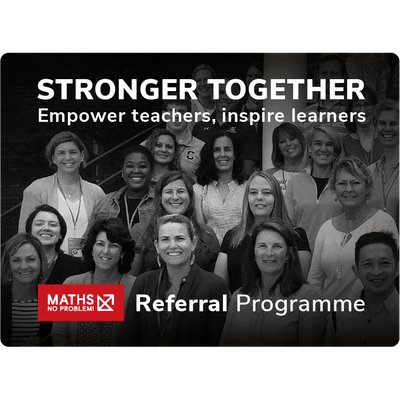Why ‘talk’ in the classroom is great for learning
Editor’s Note:
This is an updated version of a blog post published on May 7th, 2019
Have you ever reflected on your best learning moments? In what situations do you feel at home in your learning?
Recently I realised that I learn best when working and discussing ideas and understanding with others. I was surprised to discover that despite being an introvert, opportunities for collaborative learning really help me. Soon after I read about Lev Vygotsky’s research and realised why.
The Vygotsky Influence
Lev Vygotsky was a Russian Psychologist whose work was translated and published in the 1960’s. He’s been hugely influential ever since. While some of his ideas align with Jean Piaget’s research into the active nature of learning, Vygotsky’s work focuses more on the sociocultural context of learning. Vygotsky sees language as a key mediator of learning, noticing that from early infanthood we make sense of our world through social interactions. He posits that children learn to understand the world through interactions via more experienced individuals. This is known as the Sociocultural Approach to cognitive development.
A Positive Struggle
In a recent Year five maths lesson on subtracting mixed fractions, students worked through the Guided Practice section in pairs. They worked on a problem together, and wrote their answers on mini whiteboards. As a whole class, they discussed their methods for working it out, allowing some students to clearly articulate the steps they took. This opportunity for sharing and discussion enabled struggling students to hear the reasoning of their peers, exposing them to new ways of thinking. Learners comfortable with the topic were able to develop skills by putting their understanding into words.
“The language instinct is the simplest form of the social expression of the child… and the greatest of all educational resources.”
– John Dewey, American educational thinker
You’ll see this structure all throughout Maths — No Problem! By offering students a learning experience just ahead of their development, Maths — No Problem! resources give learners a positive struggle. This approach helps move teachers organically towards a collaborative classroom, creating a learning environment that lets students switch easily and naturally between discussion with their peers and with teachers.
Boost Your Practice with FREE CPD
Receive a CPD boost every time you refer a school! Both you and the referred school will earn a full day of CPD and 2 free places on our 3-day Essentials of Teaching Maths Mastery course (valued at £1700).
Get started on helping struggling schools reach maths success now!

The Zone of Proximal Development
I recently watched a teenager in my class try to put a new protective cover on the screen of her phone. She was struggling to know exactly how to do it because it was the first time she was trying it. Along came her older brother who offered to help. He showed her how to put it on and she was able to learn the steps from someone a bit ‘further on’. She learnt from his experience. This is what Vygotsky means when talking about the ‘gap’ between the current developmental level of a student, and the potential level of where they could get to. He calls this ‘The Zone of Proximal Development’ (ZPD)— the level a learner is capable of reaching via the guidance of teachers or in collaboration with peers.
In practice, this means that as I plan for a lesson I might ask ‘what are they ready to learn now?’ That is, I want to design a lesson which broadly matches student readiness. I don’t want the lesson to be at their current cognitive level so that they stagnate, or offer something too far ahead so that they cannot grasp the concept. I have to guide the lesson knowing that the dialogue we share provides scope for most students to learn across their ZPD. For those struggling to grasp new concepts — they’re not at that developmental stage, or their learning intention is being reduced by social or affective factors — I’ll know that they’ve had the opportunity. And because of the spiral structure of Maths — No Problem! they’ll come back to it again, by which time they may be developmentally ready to grasp it.
A Collaborative Model
Students learn from and challenge one another when working collaboratively in diverse classrooms. Diverse and mixed ability settings can enhance learning — shifting from a model of teaching where teaching is something we do to a class, to a model where teaching/learning is something we do with the class. Maths — No Problem! invites us to create a learning environment which utilises talk and expression of thought rather than shutting it down.
The Language Instinct
One American educational thinker of the twentieth century, John Dewey, suggested even before Vygotsky that “the language instinct is the simplest form of the social expression of the child… and the greatest of all educational resources”. This might lead us to wonder if the collaborative classroom is worth developing beyond mathematics into other subjects where language and talk can also become a key model for learning.
So, I will leave you with some questions to reflect on.
- Firstly, can you recognise any collaborative situations in which you can see that your own learning thrived?
- Secondly, as you listen and observe in your maths classes this week, what do you notice about the kind of talk you hear when students work in pairs or groups?
- Thirdly, how does sharing the learning journey with your class in this way make you feel?
What I hope you’ll find is that a collaborative, “chatty” classroom is an enriching learning environment that will deepen all your students understanding and mastery of mathematics.
